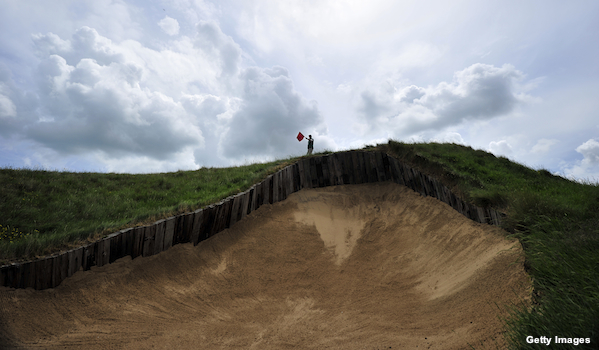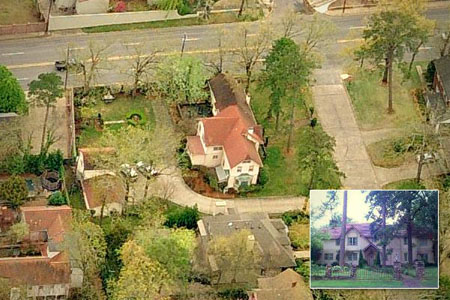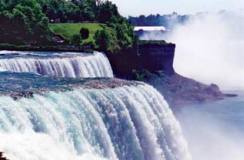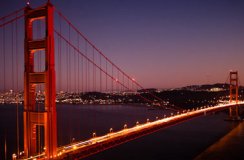
Every British Open course seems to have a bunker you want to avoid at all costs. "Hell" bunker and the "Road Hole" bunker at St. Andrews are two of the most notable in the history of the game. Another would have to be the treacherous fourth-hole bunker at Royal St. George's that, surprisingly, doesn't have a nickname for how scary it is.
However, even without a menacing nickname, players will want to avoid this bunker at all costs when the Open Championship tees off on Thursday.
At first glance you have to do a double-take when you see it from the tee box. At more than 40-feet deep, it's the deepest trap in championship golf, with a bunker face that appears to be reaching towards the heavens, ready to swallow up any ball headed its direction.
While it sits just 235 yards from the tee, which would certainly be an easy carry for every player in the field, the wind is expected to be a factor in the opening round, and that could put it in play.
If the golf gods have a sense of humor, they'll make sure we get a chance to see a couple players blast their way out of this crater during the tournament.




 Saudi Arabia to test what is the largest billing see the world for the holy city of Mecca during the Muslim fasting month of Ramadan.
Saudi Arabia to test what is the largest billing see the world for the holy city of Mecca during the Muslim fasting month of Ramadan.

